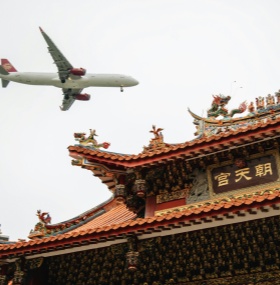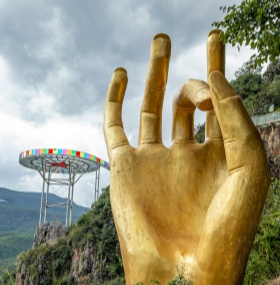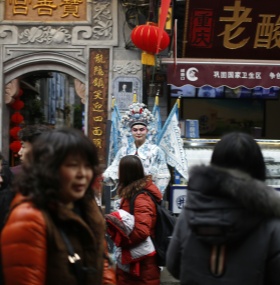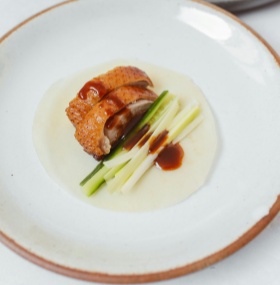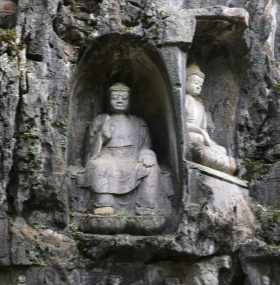The Mausoleum of the First Qin Emperor in Xi'an offers foreign visitors a unique window into the grandeur and historical significance of ancient China. Famous for housing the Terracotta Army, this site allows visitors to explore the ambitious vision of the first emperor to unite China and secure his legacy for eternity.
1. The Terracotta Army: Ancient China’s Masterpiece
The Terracotta Army, the most iconic feature of the mausoleum, is a testament to ancient craftsmanship and military strategy. Discovered in 1974, this 8,000-strong army of life-sized clay soldiers, along with chariots and horses, were buried to guard Qin Shi Huang, the first emperor of the Qin Dynasty, in the afterlife. Foreign visitors can marvel at these figures in their respective pits, each one unique, with varying facial expressions, hairstyles, and postures. The sight of these rows of soldiers, some in combat positions and others in ceremonial attire, offers a rare and powerful connection to China’s ancient past.
2. Cultural and Archaeological Insight
While the Terracotta Army steals the spotlight, the entire mausoleum complex holds immense historical value. Visitors can gain insights into the Qin Dynasty’s practices, military strategy, and the emperor’s quest for immortality. The emperor’s tomb, though not fully excavated, is believed to be a grand underground palace, with reports suggesting it contains replicas of rivers, palaces, and even a model of the night sky. The Qin Shi Huang Mausoleum Museum offers additional exhibits, with ancient jade artifacts, bronze weapons, and ceremonial objects that enrich understanding of the period.
3. An Ancient Monument to Power and Belief
The mausoleum’s sheer scale and the scale of the Terracotta Army reveal much about the emperor’s power and ambitions. It is an extraordinary symbol of how ancient Chinese emperors used grand architectural projects to communicate their strength and their belief in an eternal reign. This monumental site provides foreign visitors with a deeper understanding of imperial China’s burial traditions and the role of craftsmanship in establishing the emperor’s immortal power.
Travel Tips
● Best Time to Visit: Spring and autumn are the best seasons to visit, offering comfortable weather.
● Tour Guides: To get the most out of the visit, hiring an English-speaking guide can help explain the significance behind the Terracotta Army and other artifacts.
● Nearby Attractions: Be sure to also explore Xi’an’s Ancient City Wall and the Big Wild Goose Pagoda for a comprehensive understanding of the region’s historical depth.
The Mausoleum of the First Qin Emperor provides foreign visitors with an unforgettable journey into the ancient world of China. Its historical, cultural, and archaeological value make it one of the most extraordinary World Heritage Sites in the country, revealing the legacy of the Qin Dynasty and its first emperor, whose influence still echoes in modern China.
Related Posts
Create Your Customized Trip
Take about 2 minutes to fill the form to tell us how you like to travel, and get a reply within 1 working day.


